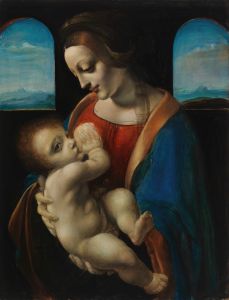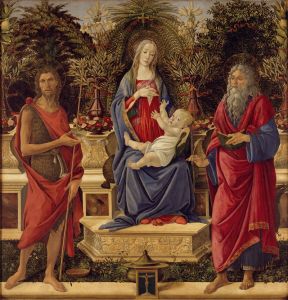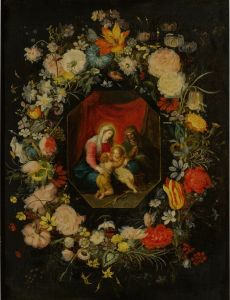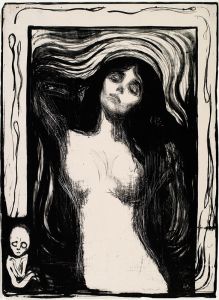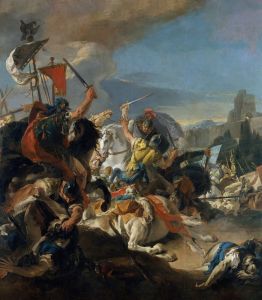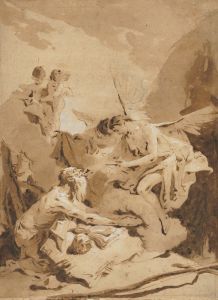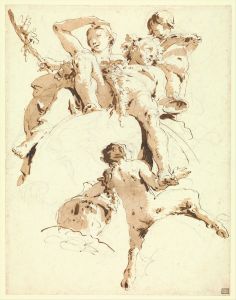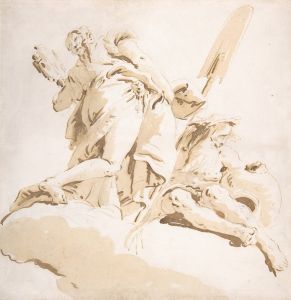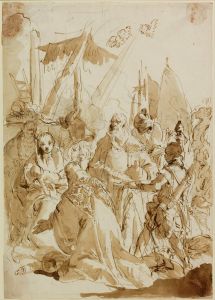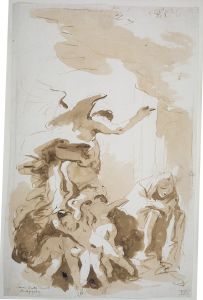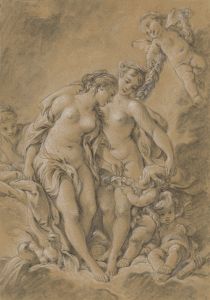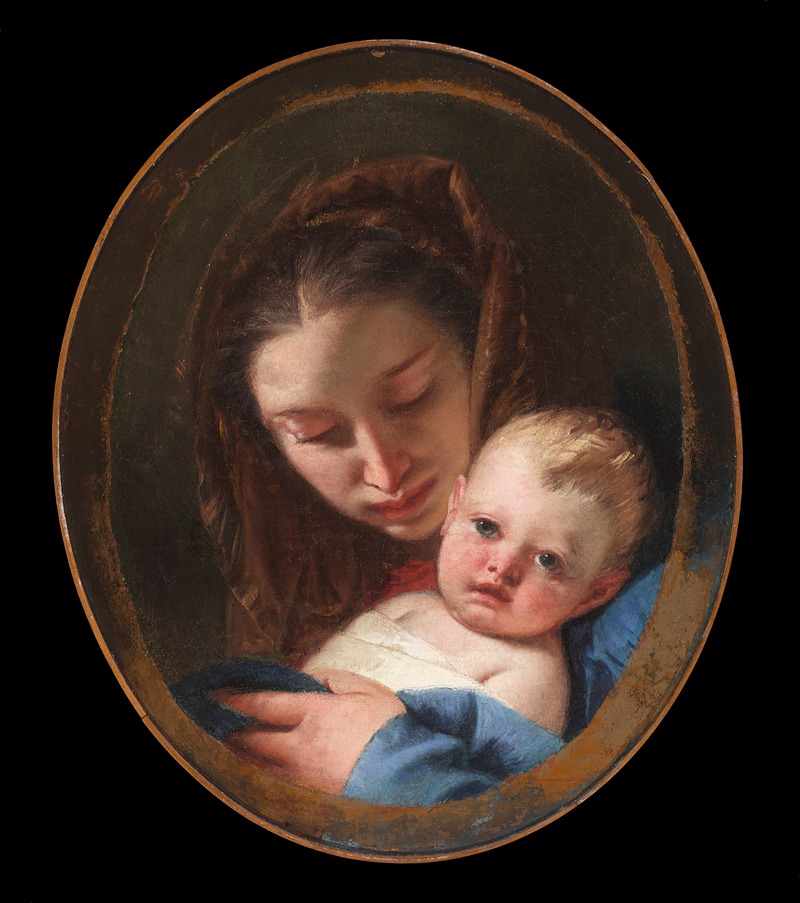
Madonna and Child
A hand-painted replica of Giovanni Battista Tiepolo’s masterpiece Madonna and Child, meticulously crafted by professional artists to capture the true essence of the original. Each piece is created with museum-quality canvas and rare mineral pigments, carefully painted by experienced artists with delicate brushstrokes and rich, layered colors to perfectly recreate the texture of the original artwork. Unlike machine-printed reproductions, this hand-painted version brings the painting to life, infused with the artist’s emotions and skill in every stroke. Whether for personal collection or home decoration, it instantly elevates the artistic atmosphere of any space.
Giovanni Battista Tiepolo's "Madonna and Child" is a notable example of the Italian Rococo style, reflecting the artist's mastery in combining religious themes with a light, graceful aesthetic. Tiepolo, born in Venice in 1696, was one of the most prominent painters of the 18th century, renowned for his grand frescoes and delicate use of color and light.
The painting "Madonna and Child" depicts the Virgin Mary holding the infant Jesus, a common subject in Christian art that symbolizes purity, maternal love, and divine grace. Tiepolo's rendition is distinguished by its ethereal quality and the serene, tender interaction between mother and child. The composition typically features the Madonna seated or standing, often with a soft, luminous background that enhances the divine nature of the figures.
Tiepolo's technique in this painting showcases his ability to create a sense of depth and movement through the use of light and shadow. The delicate drapery of the Madonna's garments and the soft, almost translucent skin tones of both figures are rendered with a light touch, characteristic of Tiepolo's style. The artist's use of color is also notable, with a palette that includes soft blues, pinks, and whites, contributing to the overall sense of tranquility and holiness.
The "Madonna and Child" by Tiepolo is part of a larger tradition of Marian art, which has been a central theme in Christian iconography since the early centuries of the faith. Tiepolo's interpretation, however, is marked by a Rococo sensibility, emphasizing elegance, grace, and a certain lightness that contrasts with the more somber and dramatic depictions of earlier periods.
This painting, like many of Tiepolo's works, was likely commissioned for a private collection or a church, reflecting the continued demand for religious art in 18th-century Europe. Tiepolo's patrons included nobility and clergy, who admired his ability to convey spiritual themes with a fresh, contemporary approach.
Giovanni Battista Tiepolo's influence extended beyond Italy, as his works were sought after by collectors and institutions across Europe. His ability to blend traditional religious subjects with the stylistic innovations of the Rococo period made him a pivotal figure in the art world of his time. The "Madonna and Child" stands as a testament to his skill and his unique contribution to the canon of Christian art.
In summary, Giovanni Battista Tiepolo's "Madonna and Child" is a masterful example of Rococo religious painting, characterized by its delicate use of color, light, and composition to convey a sense of divine grace and maternal tenderness. The painting reflects Tiepolo's artistic prowess and his ability to infuse traditional themes with a contemporary elegance that continues to captivate viewers.





